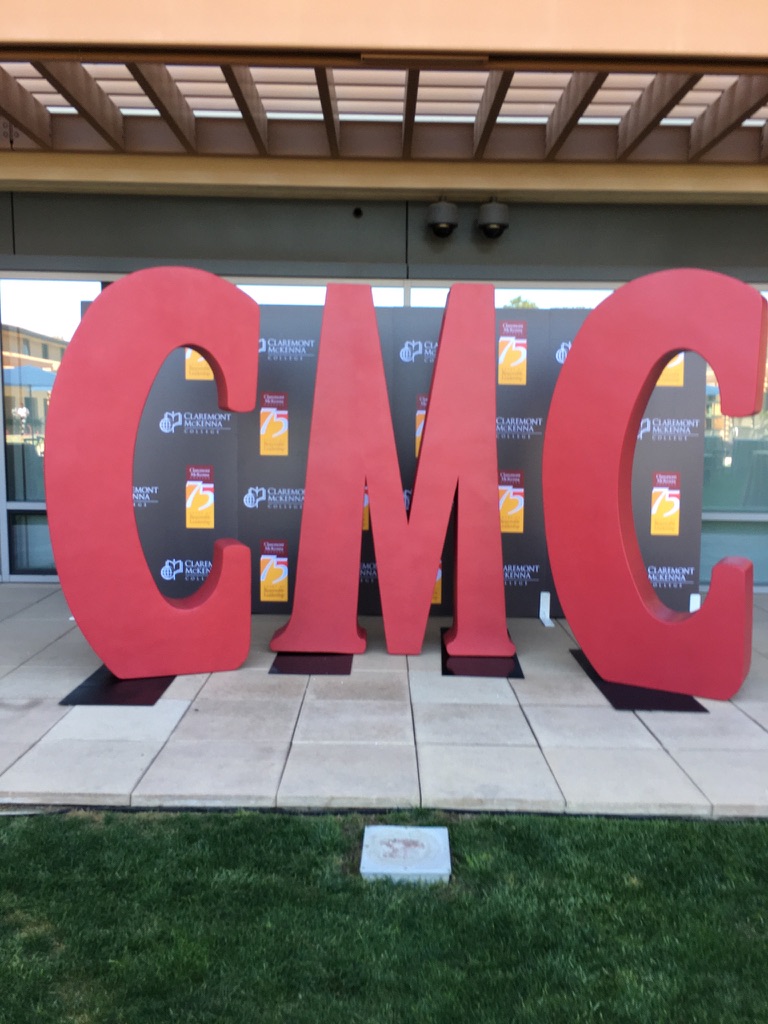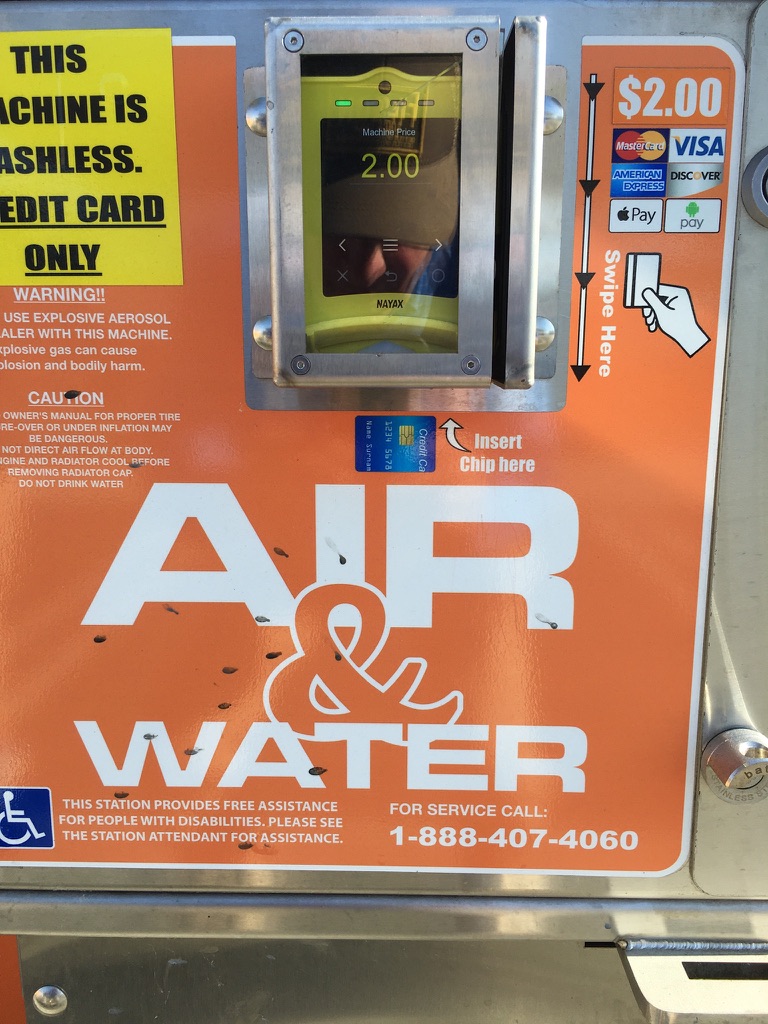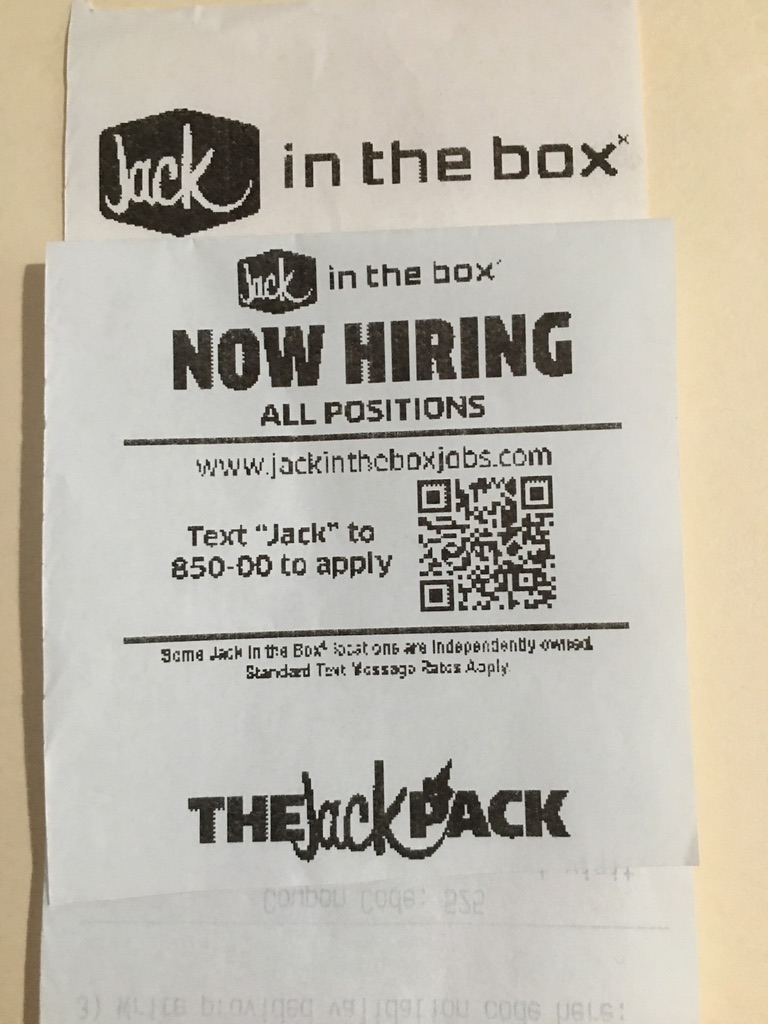Three recent observations:
- While reviewing an exam for a billion-dollar credit union of 25 pages, nowhere was the word cooperative used. There were no comments on any of the credit union’s responses to members during COVID, their PPE loans and multiple community involvements including expanded DEI. If the name were removed from the exam, it would be impossible to know it was a credit union, not a bank.
- Two readers commented on REI’s values approach to its “brand:”
“While I am a fan of REI, I would like to mention (and this is probably not a surprise to you) that they too have a tendency towards oligarchic governance you have talked about in the context of credit unions. If I recall correctly, to be eligible for a candidacy in board elections you have to have leadership experience in a Fortune 500 company.
“We desperately need legislation that ensures fair electoral practices in co-ops. Glad you are advocating for this in credit unions. REI is a great company and credit unions are great – but they also need some tough love. “ (Leo Sammallahti)
“I’m sure REI is admirable in its promotion of important values. However, the current unionizing effort does not seem to put REI in a good light.
“My own experience in a nonprofit progressive worker-rights advocacy organization (prior to joining the credit union movement) was that the management vigorously fought our efforts to unionize. It’s not an uncommon story among “liberal” organizations. Our effort was ultimately successful, but it taught me a lingering lesson about progressive hypocrisy. The co-op world is not exempt.” (Cliff Rosenthal)
- Here is a small sample of the number of job openings from Sunday’s CU Insight:
- 77 positions at Lake Michigan Credit Union
- 65 or 5.4 percent of NCUA’s authorized staff of 1,201. Fifteen were at Head Office and 50 in the regions (from NCUA Operating Fund report)
- 40 positions at Michigan State University FCU
- 37 positions at True Sky Credit Union
What do these Observations Mean?
Is our cooperative model struggling? Is our business merely subject to the same economic forces affecting every other firm? Are credit unions even addressing the multiple challenges of inequality existing in every community?
In some respects the cooperative model is not working well. On the surface we increasingly appear as just another financial option. In many cases, let’s be frank, credit unions are not much different from many other financial choices in their behavior and impact on their communities.
Instead of transforming financial opportunity, credit unions increasingly embrace the tactics of their competition including purchasing banks, mergers (sell outs) of sound long- serving coops, and measuring performance by strictly financial and growth goals.
Recapturing our Promise
Occasionally a story appears in the press about a find in a flea market or an opportunity shop. A person discovers an antique looking Roman bust selling for $34.99 in a Goodwill store. She later learns it is 2,000 years old and priceless.
Sometimes in life we do not understand the value of what we have.
But every credit union, not matter its size, has a founding story and purpose. Every board inherited a legacy of power, fortitude and energy to make life better for members.
But does senior management and the board know what they have? That is, an institution with the power to override the ever present push and pull of market forces of greed, domination and even exploitation?
The credit union charter is intended to enrich its members versus building institutional glory. Every charter comes with that hope and potential.
So what is lacking today for why this transformative promise seems to be missing?
In One Word: Imagination
One of the examples of creative capability was Ed Callahan’s way of presenting the potential for the credit union movement, both as Chairman of NCUA and as CEO at Patelco Credit Union.
He believed the credit unions were “a sleeping giant,” or America’s “best kept secret.” They should be an option for all Americans. Whether retired, between jobs or even for college and high school students. The field of membership was an inclusive, not an exclusive concept.
In practice he did not let current reality limit what the future could be. The NCUA exam cycle was over two years for federal charters when he arrived. He held a “fire drill” that resulted in every federal credit union filing, for the first time ever, the yearend call report. Working with regional directors, every federal credit union had an exam contact in 1982, and each year thereafter.
To celebrate the 50th anniversary of the passage of the Federal Credit Union Act, he announced a movement goal of 50 million members by 1984. He inspired the largest credit union conference attendance ever in December of that year when state and federal examiners and credit union leaders came together in Las Vegas to debate their future.
Working with credit unions, the NCUA’s share insurance fund and CLF were redesigned following cooperative principles to create a three-part regulatory framework for the cooperative system.
These transformative events were inspired by the promise of what credit unions could be. He recognized that in the new era of deregulation not all would perform with the same capability. But working together, the system could position every credit union to be a competitive and valued experience for members.
Imagination was fueled by belief in what the pioneers had envisioned. While the three current observations above may seem like challenges, they are opportunities to create a better coop system.
Let’s be honest. Credit unions have always been understood, even trusted, as more than another financial choice. They represent a member-centric focus dedicated to improving members’ lives and community options.
They are more than a financial institution. Credit unions at their best represent the common hopes of young and old for a better life and a meaningful role in their chosen community.
The tools for transformative change have been a part of the cooperative model from the beginning. What is needed is imagination tempered with vision and compassion.
Then indeed, the “sleeping giant” will be truly awakened.











